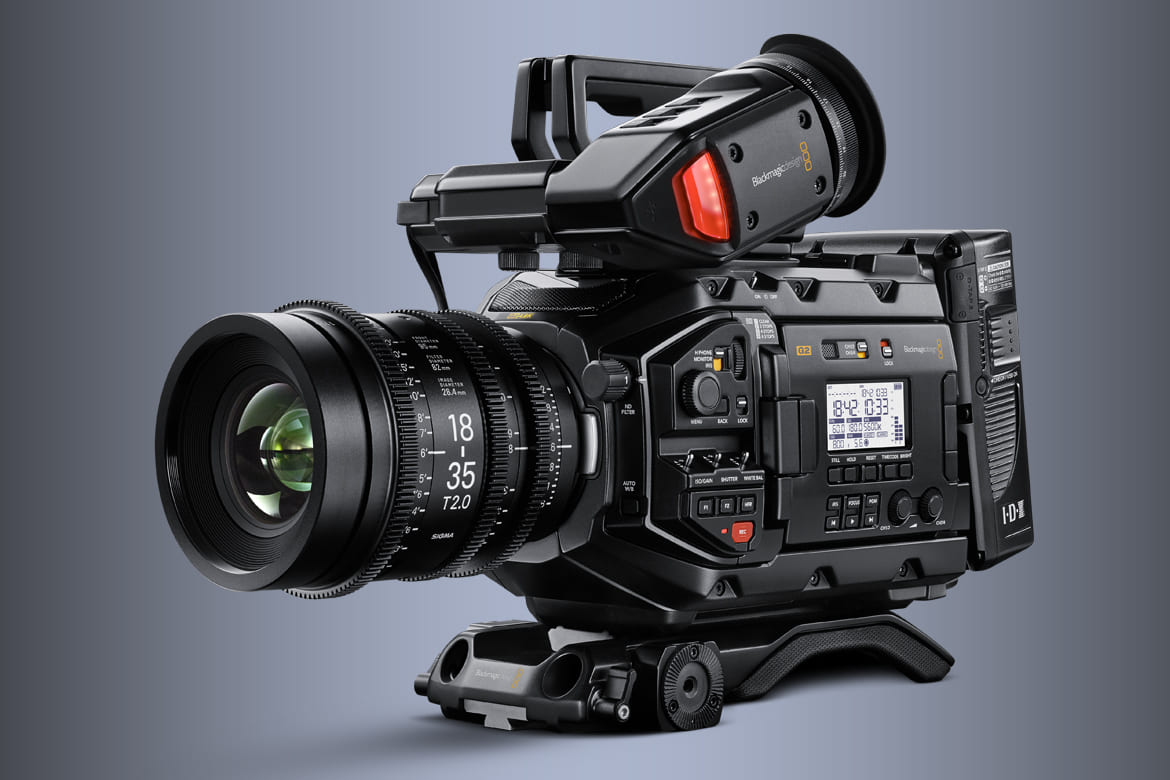

My first shoot was in the field, near some hiking trails and climbing walls.

Recording times vary wildly based on the size of your card and the resolution/codec you shoot, as data rates for 4.6K RAW go from 513MB/s (uncompressed) to 135MB/s (4:1 compression). Oh and don’t forget a card reader! I got about two hours of use out of a large V-mount battery, with some room to spare. This was kind of a reality check for getting into this system– you should expect to spend a few thousand dollars on media and batteries if you don’t already own them, as neither are cheap. The same thing went for the memory cards, as I had to borrow CFast cards from a friend. My URSA came with a V-mount plate, and I don’t use V-mounts, so I had to scramble to find some locally. Batteries and MediaĪfter receiving the URSA Mini 4.6K, I had only a few days and no crew to take the camera on a test drive.

If you want to know more of that stuff, just read the specs on Blackmagic’s site. Ok, enough about what this camera is on paper. Those other formats include ProRes 444 XQ, 444, 422 HQ, 422, 422 LT, and Proxy. When recording in CinemaDNG RAW, the image is 16-bit, and other formats are 12-bit. It can record up to 60fps at 4.6K and 120fps at 1080p, and comes in options for either PL and Canon EF mounts. When recording in RAW, you can capture as much as 15 stops of dynamic range, which is incredible for a $5,000 system. It can capture 4608 x 2592 pixels (larger than Cinema 4K resolution) with its Super35 sized sensor. The big deal about this camera is the resolution and dynamic range. (from left to right: The Production Cinema Camera, Pocket Cinema Camera, URSA, and finally the URSA Mini.)


 0 kommentar(er)
0 kommentar(er)
